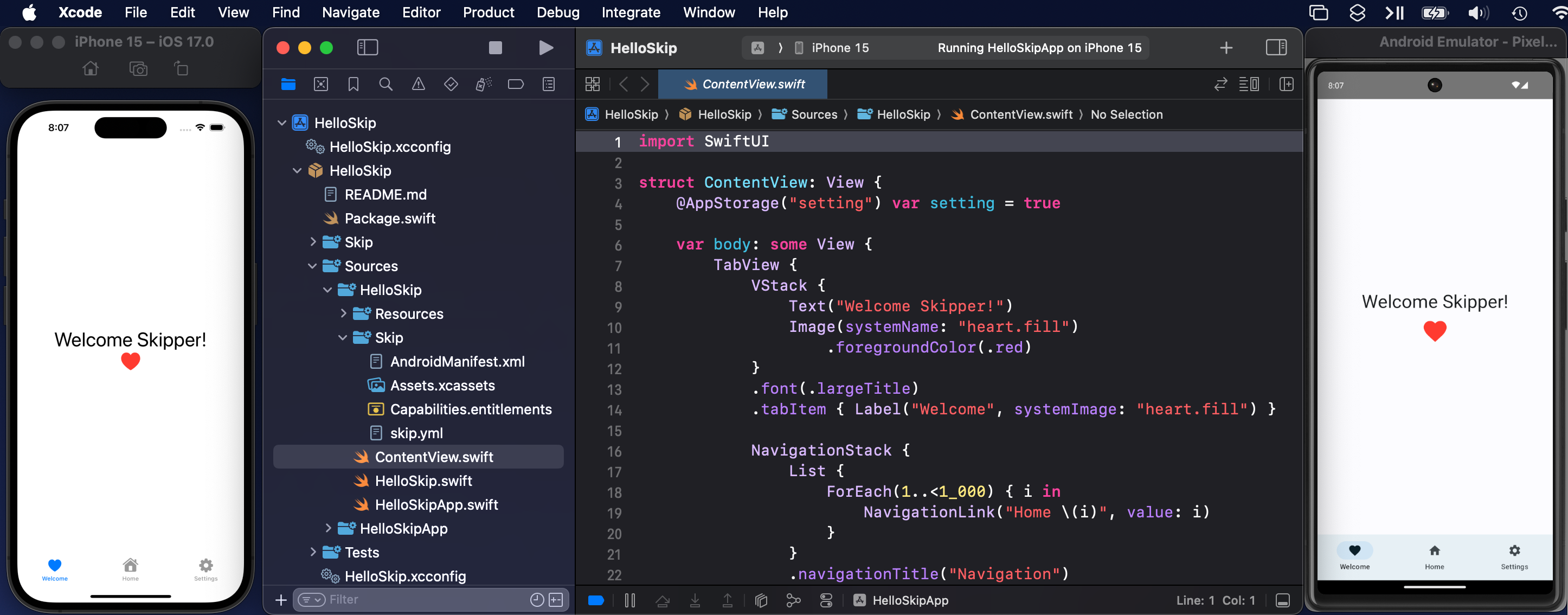1.pod lib lint 和 pod spec lint 命令的区别
pod lib lint是只从本地验证你的pod能否通过验证;pod spec lint是从本地和远程验证你的pod能否通过验证;
2.私有pod的验证 使用pod spec lint去验证私有库能否通过验证时应该要添加--sources选项,不然会出现找不到repo的错误:
1 pod spec lint --sources='私有仓库repo地址,https://github.com/CocoaPods/Specs'
3.subspec 为了让自己的Pod被导入时显示出良好的文件层划分,subspec是必须的。subspec要依赖其它的subspec,则subspec的dependency后面接的不是目录路径,而是specA/specB这种spec关系;
4.私有库引用私有库的问题 在私有库引用了私有库的情况下,在验证和推送私有库的情况下都要加上所有的资源地址,不然Pod会默认从官方repo查询。
1 2 pod spec lint --sources='私有仓库repo地址,https://github.com/CocoaPods/Specs' pod repo push 本地repo名 podspec名 --sources='私有仓库repo地址,https://github.com/CocoaPods/Specs
5.引用自己或第三方的framework或.a文件时 在podsepc中应该这样写:
1 2 s.ios.vendored_frameworks = "xxx/**/*.framework" s.ios.vendored_libraries = "xxx/**/*.a”
6.引用静态库:(.ios).library。去掉头尾的lib,用”,”分割 1 2 // 引用libxml2.lib和libz.lib. spec.libraries = 'xml2', 'z'
7.引用公有framework:(.ios).framework. 用”,”分割. 去掉尾部的”.framework” 1 spec.frameworks = 'UIKit' ,'SystemConfiguration' , 'Accelerate'
8.引用自己生成的framework:(.ios).vendored_frameworks。用”,”分割,路径写从.podspec所在目录为根目录的相对路径 ps:这个不要省略.framework 1 spec.ios.vendored_frameworks = 'Pod/Assets/*.framework'
9.引用自己生成的.a文件, 添加到Pod/Assets文件夹里. Demo的Example文件夹里也需要添加一下, 不然找不到 1 spec.ios.vendored_libraries = 'Pod/Assets/*.a'
在提交到私有仓库的时候需要加上--use-libraries
10.私有库中添加资源(图片、音视频等) 方法共有三种:
1 spec.resources = ["Images/*.png" , "Sounds/*" ]
但是这些资源会在打包的时候直接拷贝的App的Bundle中,这样说不定会和其它资源产生命名冲突;
1 spec.resource = "Resources/MyLibrary.bundle"
把资源都放在bundle中,然后打包时候这个bundle会直接拷贝进App的mainBundle中。使用的时候在mainBundle中查找这个bundle然后再搜索具体资源:
1 2 3 NSURL *bundleURL = [[NSBundle mainBundle] URLForResource:@"MyLibrary" withExtension:@"bundle"]; NSBundle *bundle = [NSBundle bundleWithURL:bundleURL]; UIImage *imgage = [UIImage imageNamed:icon inBundle:bundle compatibleWithTraitCollection:nil];
1 2 3 4 spec.resource_bundles = { 'MyLibrary' => ['Resources/*.png' ],'OtherResources' => ['OtherResources/*.png' ]}
这种方法利用framework的命名空间,有效防止了资源冲突。bundle,然后再去找下面指定名字的bundle 对象,再搜索具体资源:
1 2 3 4 NSBundle *bundle = [NSBundle bundleForClass:[self class]]; NSURL *bundleURL = [bundle URLForResource:@"MyLibrary" withExtension:@"bundle"]; NSBundle *resourceBundle = [NSBundle bundleWithURL: bundleURL]; UIImage *imgage = [UIImage imageNamed:icon inBundle:resourceBundle compatibleWithTraitCollection:nil];
11.如果私有库添加了静态库或者dependency用了静态库 那么执行pod lib lint还有pod spec lint时候需要加上—user-libraries选项,否则会出现'The 'Pods' target has transitive dependencies错误
12.如果私有库只引用其他库的subspec 只需要依赖想依赖的subspec,不用管主spec(因为依赖subspec必然要依赖主spec)
13.私有库已经通过验证并传到私有repo也能通过pod search,但是就是pod install失败 这时候只要执行pod update
14.提交到私有仓库的之前可以先验证一下, 有问题就修复它, 验证过了在提交 1 pod spec lint VenderName .podspec --verbose
打好tag, 推到Git里去后, 才可以在测试的项目里的Podfile里引用这个库, 然后pod update VenderName --no-repo-update, 测试通过了, 在提交到私有仓库里
1 pod 'VenderName' , :podspec => 'VenderName.podspec的路径地址'
还可以指定引用某个分支的代码
1 pod 'VenderName' , :git => 'https://git.coding.net/CodingZero/VenderName.git' , :branch => 'develop'
提交到私有仓库的时候还可以忽略警告类的错误, 愣是要提交. 在后面加上--allow-warnings
1 pod repo push LYSpecs VenderName .podspec --allow-warnings
如果有添加新的文件, 需要更新下引索, Demo里才可以识别
1 pod update VenderName --no-repo-update
15.使用的时候还可以通过直接指定地址 + tag or 分支 or commit 的方式来引入, 这样就可以不用走发布流程了. 也不需要添加源了. 1 2 3 4 5 pod 'VenderName' , :git => 'https://git.coding.net/CodingZero/VenderName.git' , :tag => '0.8.1' pod 'VenderName' , :git => 'https://git.coding.net/CodingZero/VenderName.git' , :branch => 'develop' pod 'VenderName' , :git => 'https://git.coding.net/CodingZero/VenderName.git' , :commit => '0812fe81319af2411233'







